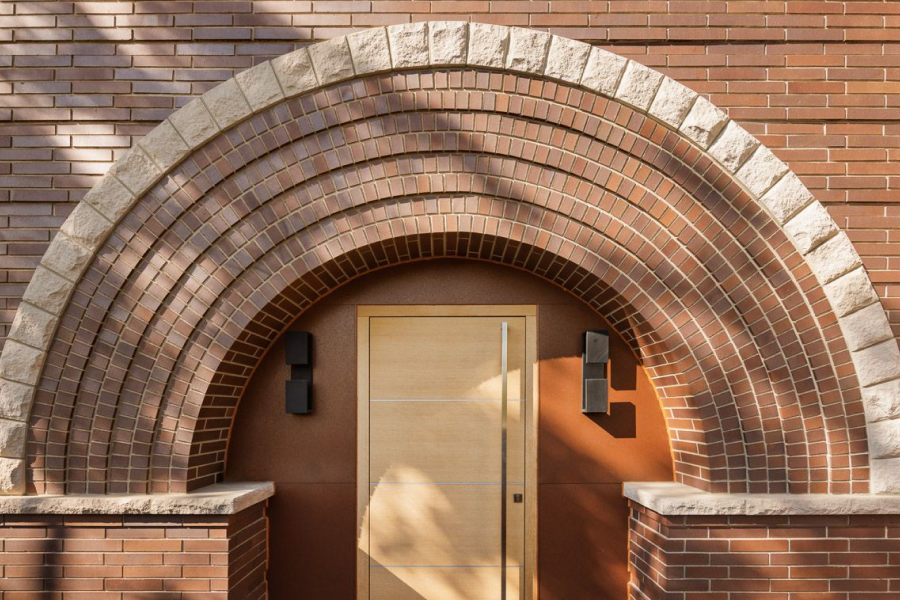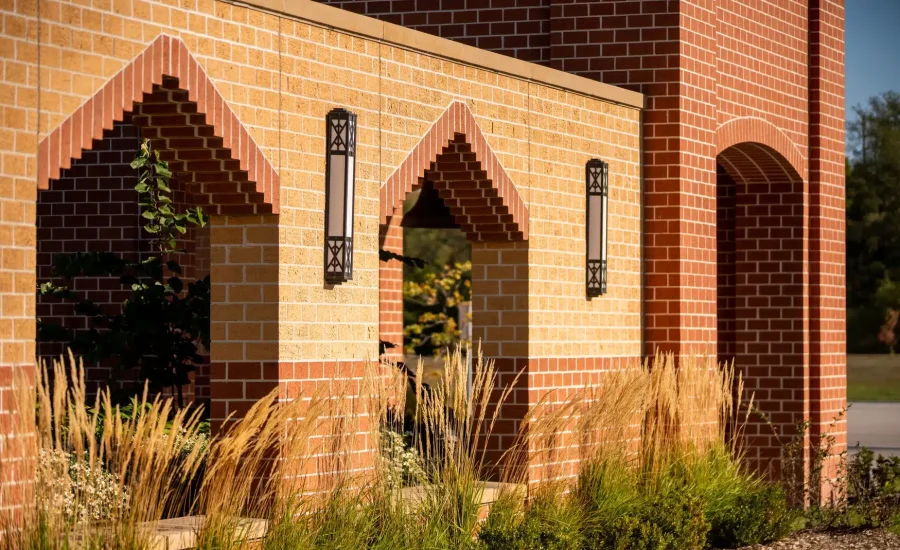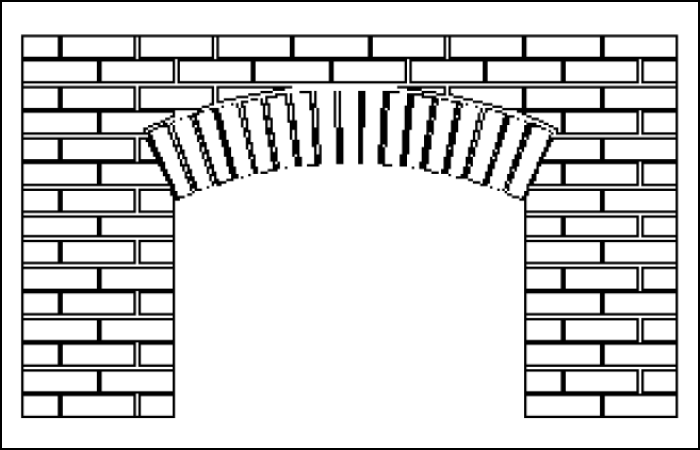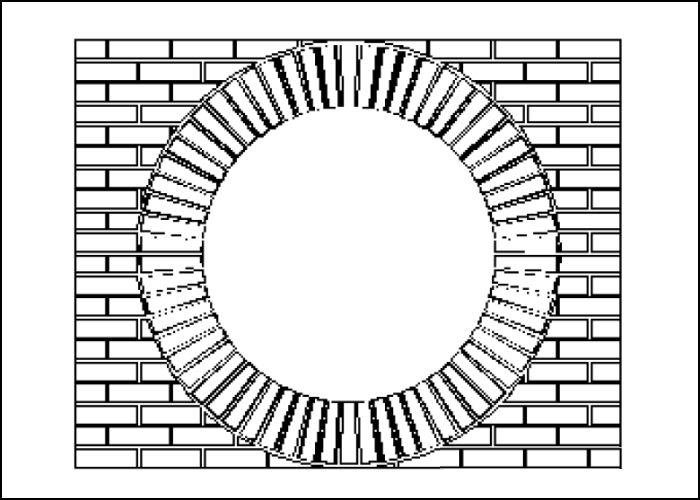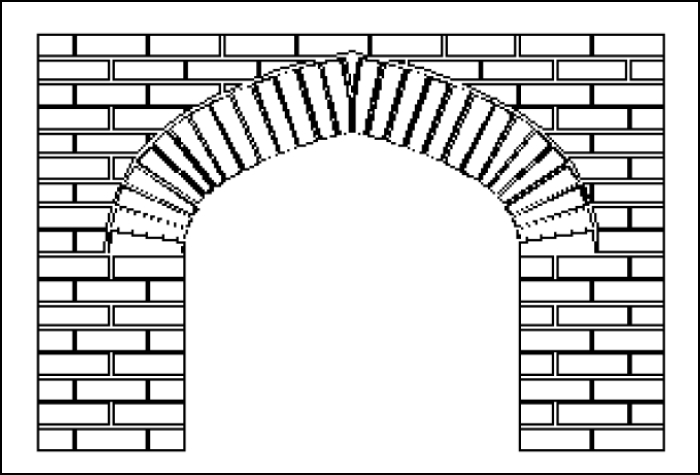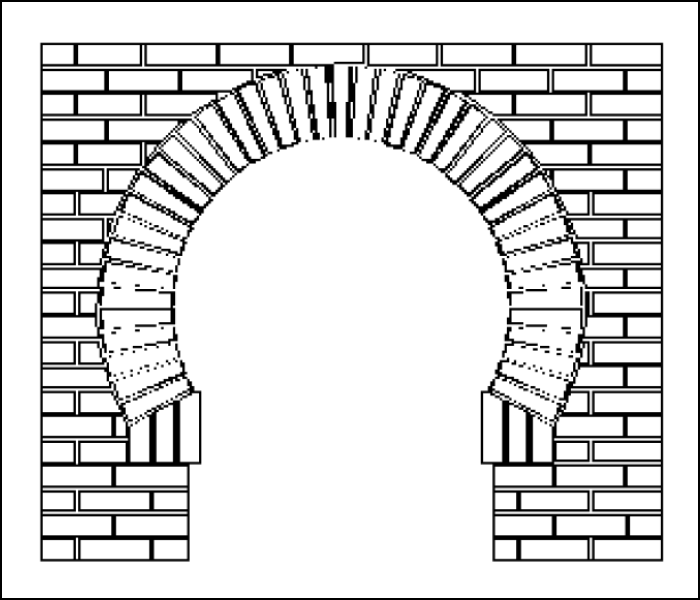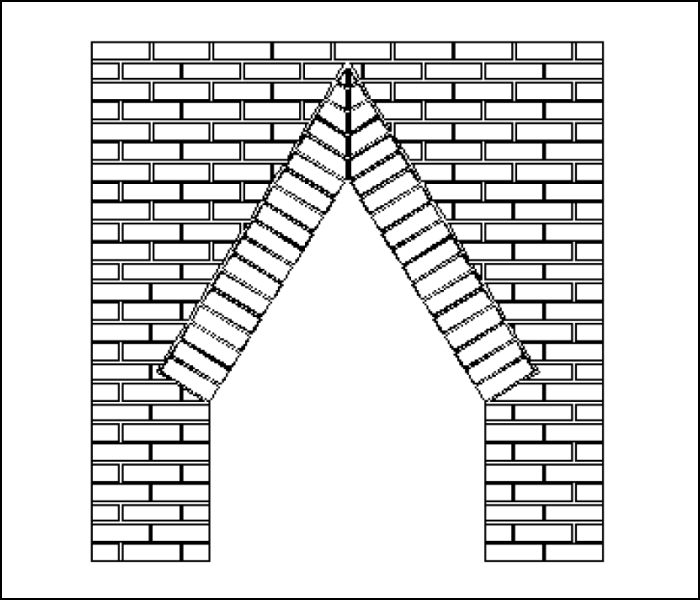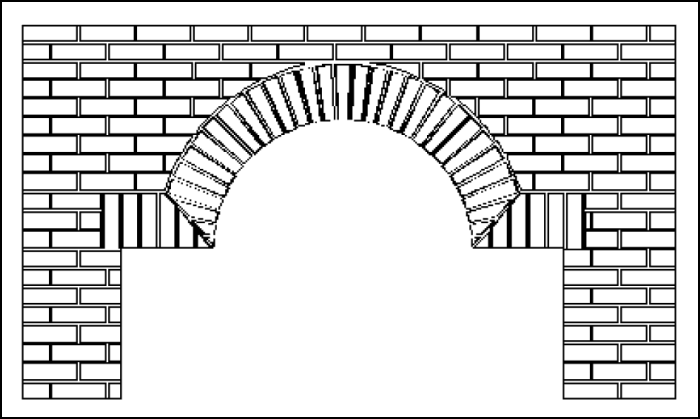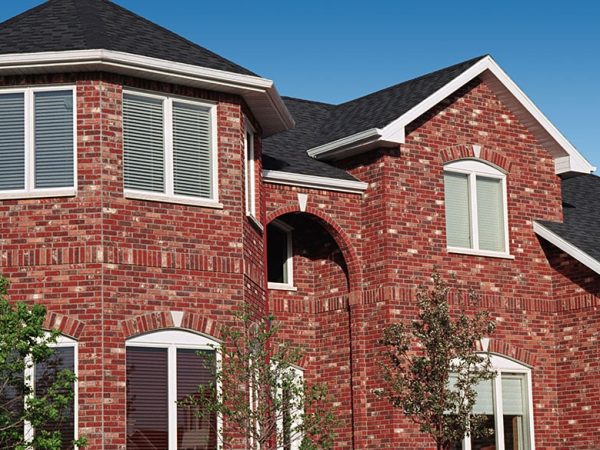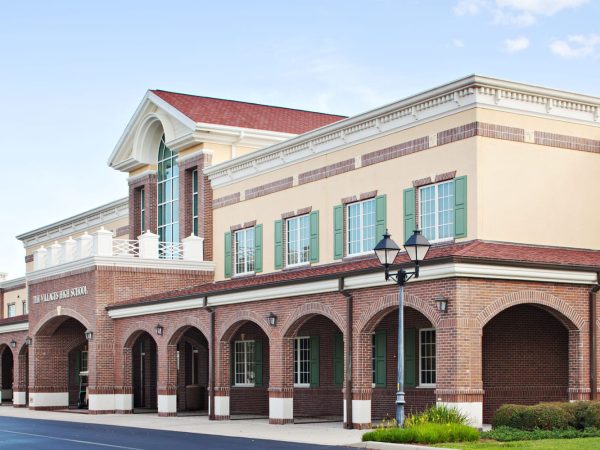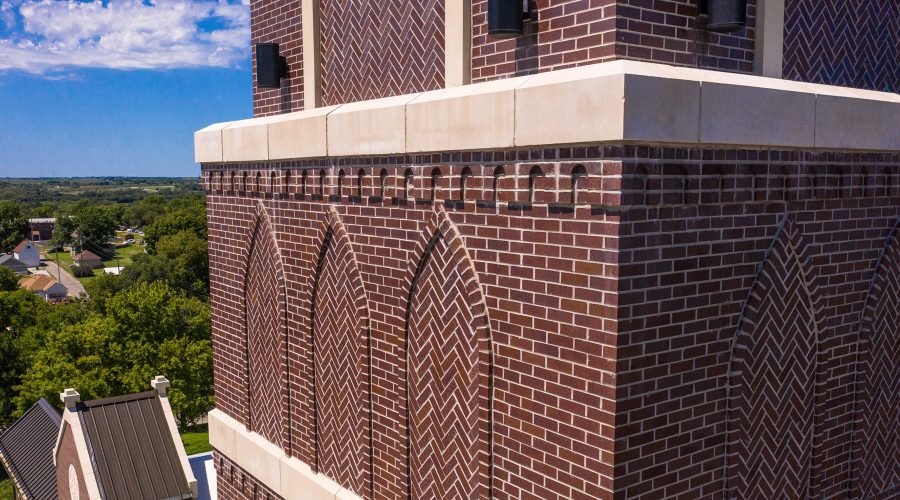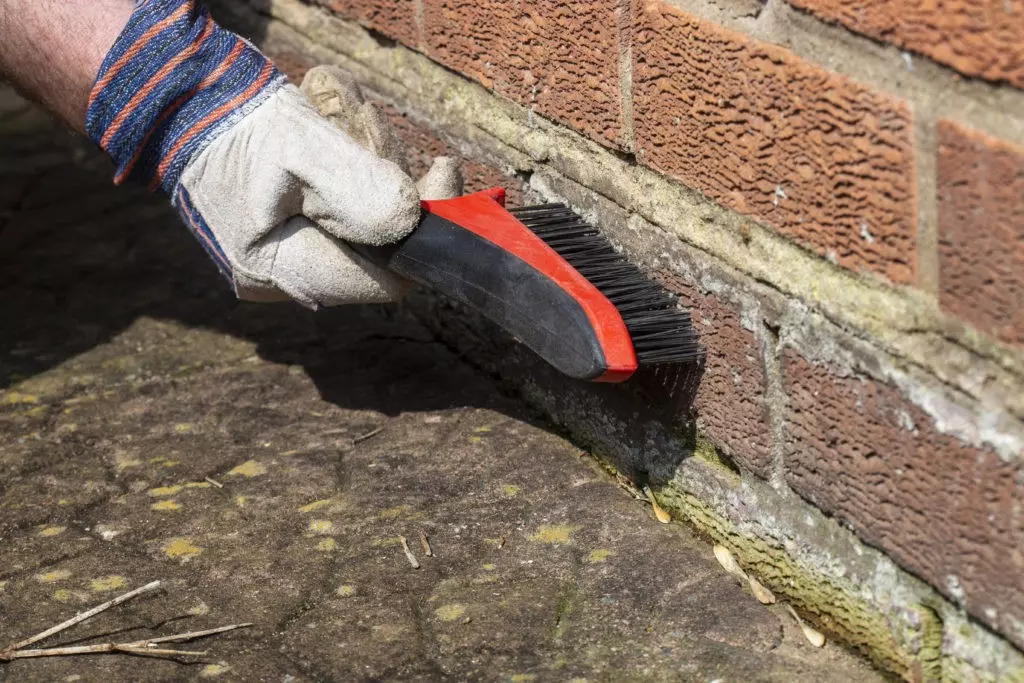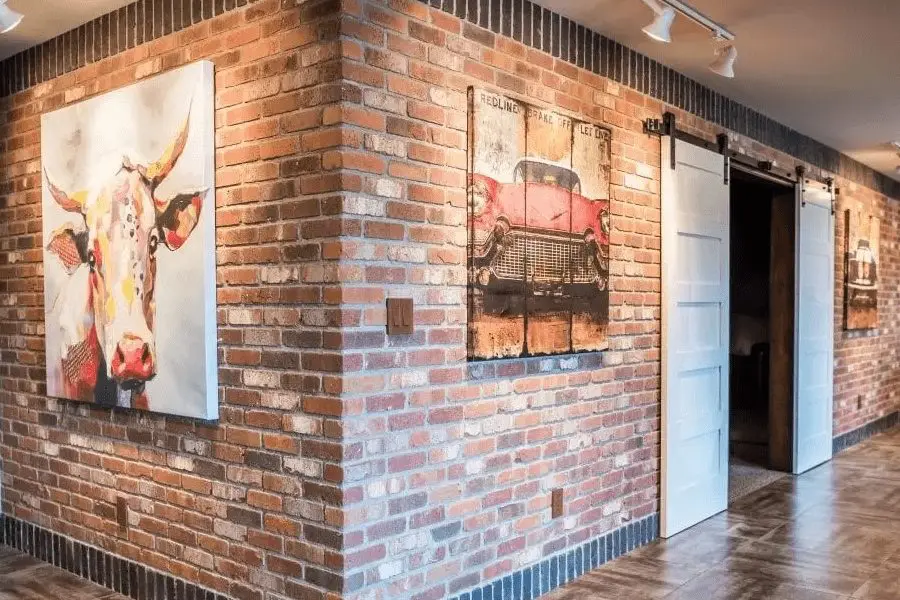Ironstone | Interstate Brick
A brick arch is a timeless architectural feature. Explore the history of the arch, along with practical tips for planning and building brick arches today.
Make a list of the world’s most iconic architecture and you’ll find a recurring theme.
The Roman aqueducts and Colosseum. The Arc de Triomphe in Paris. Toronto’s Gooderham Building. Churches, synagogues, mosques, and temples the world over. The common element among them all? The brick arch. It goes as far back as ancient Babylonia and remains an architectural staple today. But just what makes the brick arch so iconic and enduring? Plenty of things.
It’s elegant in its simplicity. It’s versatile, with a look that’s both classic and modern. It provides essential structure and visual appeal to a building.
In short, the arch represents possibilities. To designers, architects, builders, and anyone looking to add timeless appeal to their next project. If that includes you, read on for more information and inspiration on building brick arches.
Common Types of Brick Arches
The first decision to make when building a brick arch? The type.
Different arch types create different effects, both aesthetic and practical. They can open up a space, connect rooms, or simply add a touch of old-world charm. Each type is determined by its shape, style, function, and the curve of its underside (known as the intrados).
Buckwheat | Hebron Brick
Red | Hebron Brick
Here are some of the most common arches and how they’re used.
The Basics of Building Brick Arches
When it’s time to build, each arch type will have its own specific requirements. For instance, a purely decorative arch will have different requirements from a load-bearing arch.
For all arches, though, brick is the preferred building material. Here’s why.
3 Reasons Why Brick Is Best for Building Arches
- Brick is the ultimate sustainable material.
Brick is naturally energy efficient and built to last. It requires virtually no maintenance. And it tends to look better with age, as it gains texture and character. - Brick is strong and sturdy.
Brick has the stability to meet the load-bearing demands of any arch. For proof, just look at some of the world’s oldest brick bridges and buildings, which have been standing for centuries. - Brick is a designer’s dream.
Traditional rustic red is now just one of many style and colour options for brick arches. Their versatility is on display in modern buildings everywhere. Like in London’s The Arches, a series of six arch-linked townhouses. Or Cambridge’s Storey’s Field Community Centre and Nursery, which features a striking bullseye arch.
Basic Construction Tips for Brick Arches
Detailed technical information on constructing brick masonry arches is available here. However, a few general principles apply to virtually all arch building.
- Planning ahead is key.
Don’t improvise your arch. Poor planning can lead to irregular spacing, uneven joints, and a lopsided arch. - Ensure proper support during construction.
Use shoring and bracing methods to carry the weight of the arch as it’s being built. - Let your finished arch settle.
Supports should be left in place for up to a week after construction. This gives time for the mortar to cure and prevents cracking.
Medium Ironspot #46 | Endicott
Explore Brick Arch Options for Your Next Project
Ready to get going on building a brick arch? Expert help is available at I-XL, from planning your project to picking your materials. Get started by browsing our brick products by brand, colour, and type. Or get in touch for a free quote today.


